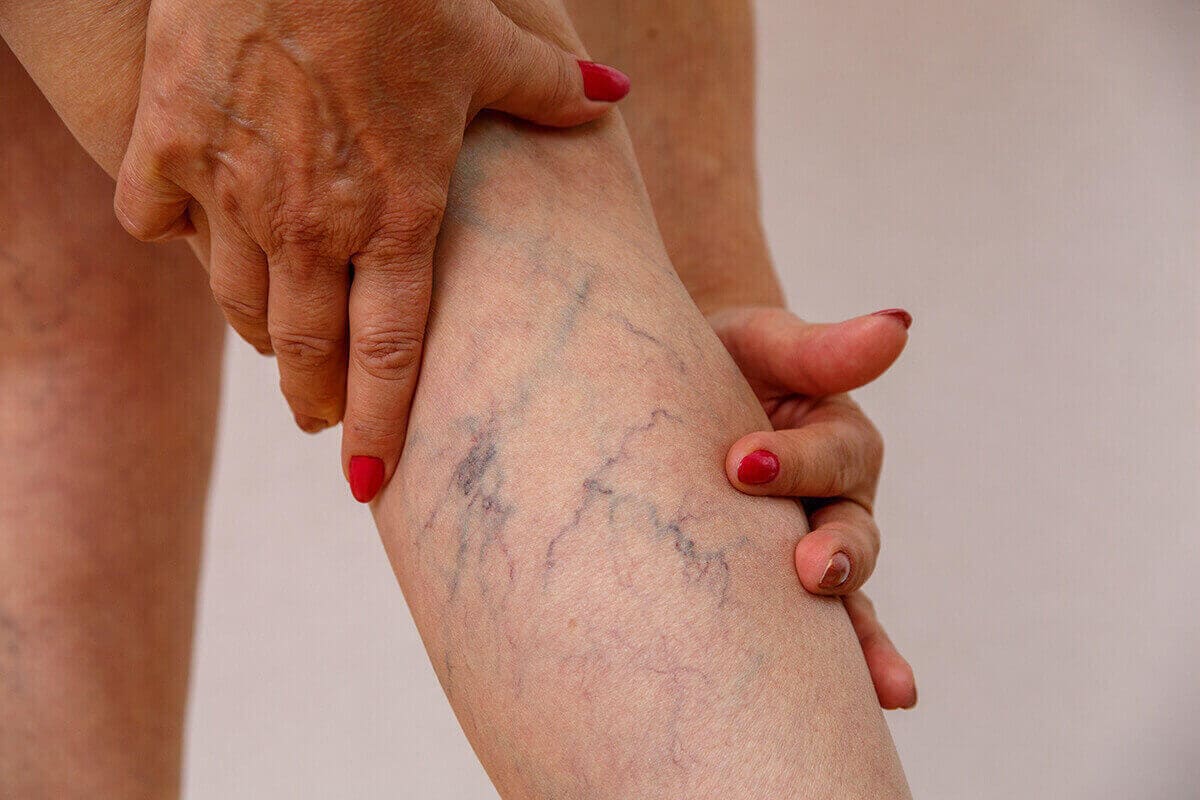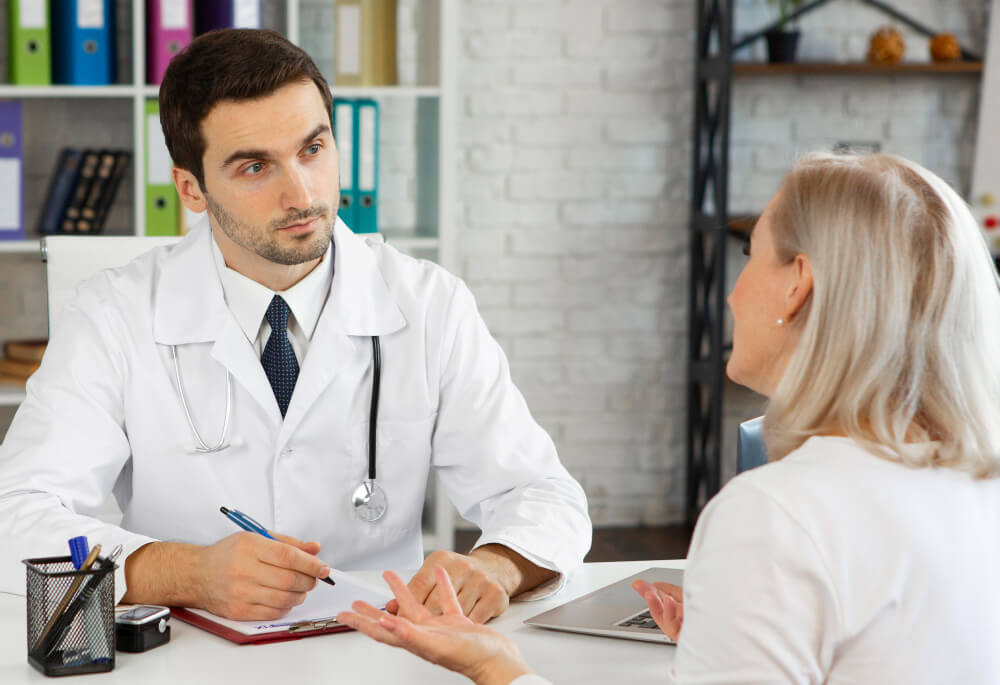Spider Veins: A Cosmetic Concern or a Sign of Deeper Issues?
Spider veins, often characterized by their web-like appearance, are small, dilated blood vessels visible just beneath the surface of the skin. While they may seem primarily cosmetic, spider veins can be a symptom of underlying circulation problems in the legs. Understanding the causes, symptoms, and treatment options can help individuals manage and improve their vascular health effectively.
Understanding Spider Veins
Spider veins, also known as telangiectasias, are small, dilated blood vessels that appear on the skin’s surface, often on the legs. While they are primarily a cosmetic concern, they can sometimes be a sign of underlying circulatory issues.
Causes of Spider Veins
- Hormonal Changes Hormonal fluctuations during pregnancy, menopause, or due to hormonal therapies can weaken vein walls and valves, increasing the risk of spider veins.
- Prolonged Sitting or Standing People whose jobs require extended periods of sitting or standing are more prone to spider veins due to the strain placed on leg veins.
- Genetics A family history of vein issues significantly increases the likelihood of developing spider veins. Genetic predisposition often affects the elasticity and strength of vein walls.
- Obesity Excess weight puts additional pressure on veins, impairing proper blood circulation and contributing to the development of spider veins.
- Sun Exposure Overexposure to UV rays can weaken blood vessels, especially on the face and legs, leading to spider veins.
The Link Between Spider Veins and Leg Circulation
While spider veins themselves don’t directly cause serious circulatory problems, they can sometimes be a symptom of underlying venous insufficiency. Venous insufficiency occurs when the veins in the legs fail to pump blood efficiently back to the heart. This can lead to a variety of symptoms, including:
- Aching or heavy legs
- Swelling in the ankles and feet
- Varicose veins
- Skin discoloration
- Ulcers
If left untreated, venous insufficiency can worsen and lead to more serious complications.
Symptoms of Spider Veins
Spider veins are typically painless, but they can be accompanied by symptoms like:
- Aching or throbbing in the legs.
- Swelling and heaviness.
- Skin discoloration around the affected area.
- Itching or burning sensations.
If left untreated, spider veins can worsen, potentially leading to more severe vascular conditions.
Treatment Options for Spider Veins and Leg Circulation
There are several effective treatments available for spider veins and underlying circulatory issues:
Sclerotherapy
Sclerotherapy involves injecting a solution into the affected veins, causing them to collapse and fade. This minimally invasive procedure is suitable for small and medium-sized spider veins.
Laser Therapy
Laser therapy uses intense pulses of light to heat and destroy the blood vessels, causing them to fade over time. This is an effective treatment for both spider and varicose veins.
Endovenous Laser Treatment (EVLT)
EVLT is a minimally invasive procedure that uses laser energy to heat and seal the affected veins, redirecting blood flow to healthier veins. This treatment is often used for larger varicose veins.
Radiofrequency Ablation (RFA)
RFA uses radiofrequency energy to heat and seal the affected veins. This procedure is similar to EVLT and is effective for treating varicose veins.
Lifestyle Modifications
In addition to medical treatments, lifestyle modifications can help improve leg circulation and reduce the risk of spider veins:
- Regular Exercise: Engage in regular physical activity, such as walking, swimming, or cycling.
- Healthy Diet: A balanced diet rich in fruits, vegetables, and whole grains can promote overall health.
- Avoid Prolonged Standing or Sitting: Take frequent breaks to move around and elevate your legs.
- Wear Comfortable Shoes: Avoid tight-fitting shoes that can restrict blood flow.
- Elevate Legs: Elevate your legs when resting to reduce swelling.
Preventing Spider Veins
- Stay Active Incorporating regular exercise into your routine strengthens veins and promotes healthy circulation.
- Maintaining a Healthy Weight A balanced diet and regular physical activity help prevent undue stress on veins.
- Wear Sunscreen Protecting your skin from UV rays and reducing the risk of weakened blood vessels.
- Avoid Prolonged Sitting or Standing Take breaks to move around or elevate your legs during long periods of inactivity.
- Use Compression Stockings Wearing compression stockings regularly can help prevent the development of new spider veins.
When to See a Doctor
Consult a healthcare provider if you experience:
- Persistent leg pain or swelling.
- Skin changes, such as discoloration or ulcers.
- Worsening of spider veins despite preventive measures.
- Early medical intervention can prevent complications and improve overall vascular health.
Conclusion
Spider veins are a common issue that can signal underlying circulation problems in the legs. While they often pose more of a cosmetic concern, timely treatment and preventive measures can significantly enhance vascular health and quality of life. By understanding the available treatment options and adopting healthy lifestyle habits, individuals can effectively manage spider veins and prevent further complications.
Schedule an appointment with our clinic’s Spider vein treatment options for circulation problem in legs (972) 875-4700 Or visit us https://specialtycareclinics.com/locations/ennis/


